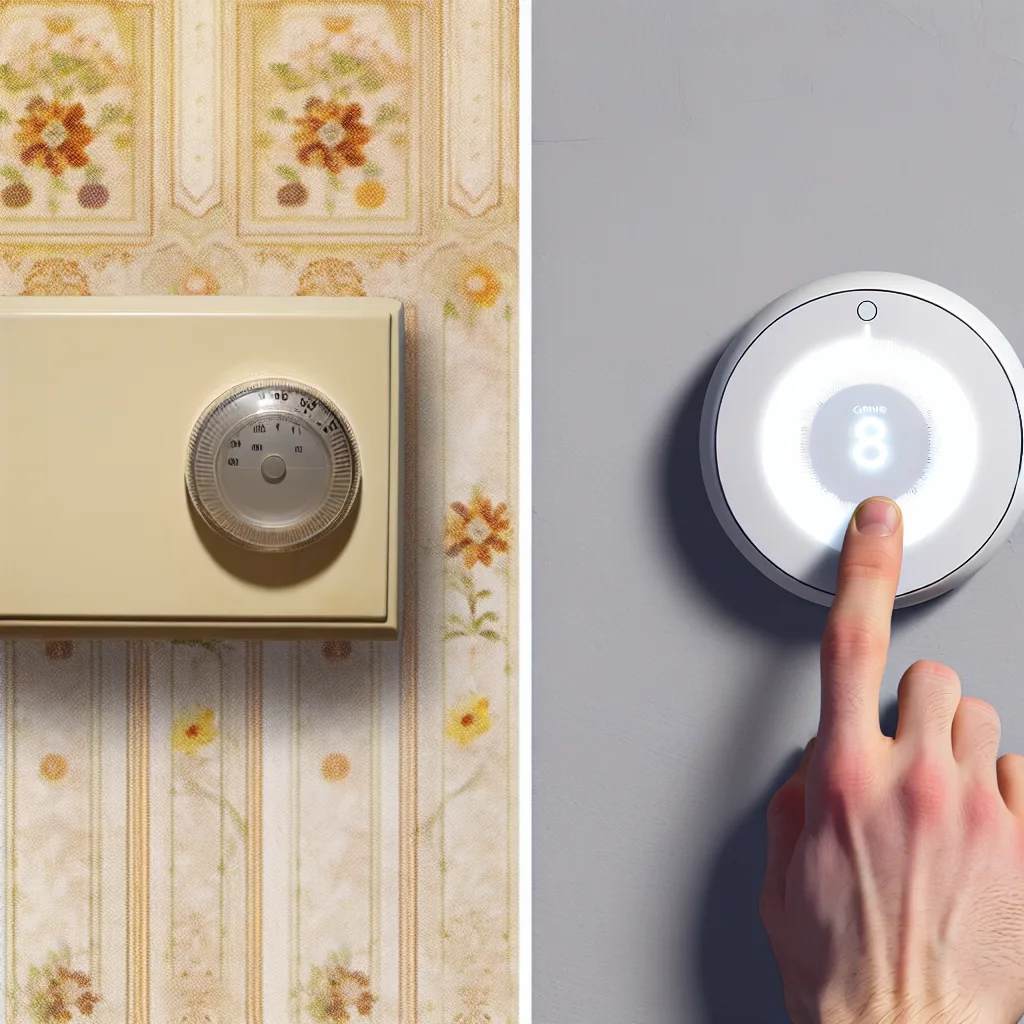Before you buy a Nest or Ecobee, let’s figure out if your old thermostat’s wiring can handle a modern upgrade.
So you’re standing there, staring at that beige or faux-wood plastic box on your wall. It might have a little dial, a tiny mercury tube, or a digital display that looks like it came off a 1980s calculator. And you’re wondering, “Can I actually replace this thing with a sleek, smart thermostat?” It’s a common question, and figuring out your smart thermostat compatibility can feel a little intimidating, but it’s usually simpler than you think.
I’ve been there. You see all the cool things a Google Nest or Ecobee can do—saving you money, learning your schedule, letting you change the temperature from your phone—and you want in. But then you look at your old thermostat and worry that the wiring is some ancient, forgotten language.
Good news: most of the time, you can make the swap. You just need to check a few things first before you click “buy.”
Is Your System Low Voltage or High Voltage?
First, let’s figure out what kind of heating and cooling system you have. The vast majority of homes in the U.S. have a central HVAC system that uses a low-voltage (24V) thermostat. This is the kind that Nest, Ecobee, and most other smart thermostats are designed for.
You might have a high-voltage (or line-voltage) system if your heat comes from electric baseboard heaters or radiant floors. A quick way to get a hint is to look at the thermostat itself.
- Low-voltage thermostats usually have a bundle of thin, colorful wires connected to screw terminals.
- High-voltage thermostats often have just two or four thick wires connected with wire nuts and may have a warning label about the risk of electric shock (120V or 240V).
If you suspect you have a high-voltage system, your options for a smart thermostat are more limited, but they do exist! Ecobee and a few other brands make specific models for these systems. But for this guide, we’ll focus on the much more common low-voltage setup.
Solving the Great C-Wire Mystery
If you’ve done any research on smart thermostat compatibility, you’ve probably heard about the “C-wire,” or “common wire.” It sounds technical, but its job is simple: it provides a continuous flow of 24V power to the thermostat.
Your old thermostat probably didn’t need this, as it likely ran on batteries or a tiny bit of power siphoned from the heating/cooling controls. But a smart thermostat needs constant, reliable power to run its Wi-Fi connection, bright screen, and all its fancy software.
How to check for a C-wire:
- Turn off the power to your HVAC system at your breaker box. Safety first!
- Gently pull the face of your old thermostat off its baseplate. It should just pop off.
- Look at the wires connected to the terminals. You’ll see letters like R, G, Y, and W. If you see a wire connected to a terminal labeled “C,” you’re in luck. You have a C-wire!
What If I Don’t Have a C-Wire?
Don’t panic! This is a very common situation in older homes. You still have great options:
- Use a Power Extender Kit (PEK): Many smart thermostats, like those from Ecobee, come with a small adapter kit in the box. This clever device is installed down at your furnace control board and uses your existing wires to create a “virtual” C-wire. The installation is pretty straightforward if you’re comfortable following instructions.
- Google Nest’s Power Connector: Similarly, Google offers a Nest Power Connector that achieves the same goal for its thermostats.
- Run a New Wire: If you’re comfortable with a bit more DIY or are having an HVAC technician out for service anyway, you can have a new thermostat wire with more conductors run from the furnace to the thermostat.
The Easiest Way to Check Smart Thermostat Compatibility
Before you do anything else, the absolute best first step is to use the online compatibility checkers provided by the manufacturers themselves. These tools walk you through the exact process of popping off your old thermostat and identifying the wires you have.
Take a picture of your current wiring before you disconnect anything. This is your cheat sheet! The online tools will ask you which wires are connected to which terminals (R, W, G, Y, C, etc.) and give you a definitive “yes” or “no” on whether their product will work with your system, along with a custom wiring diagram.
When to Call a Professional
Look, there’s no shame in calling for backup. If you open up your thermostat and see a confusing mess of unlabeled wires, or if you have a more complex system with heat pumps or multiple zones, an HVAC professional can sort it out in no time. It’s better to pay a little for an expert installation than to risk damaging your HVAC system.
So, take a deep breath. That old box on your wall isn’t as mysterious as it looks. With a few simple checks, you can figure out your smart thermostat compatibility and be on your way to a smarter, more efficient home.
